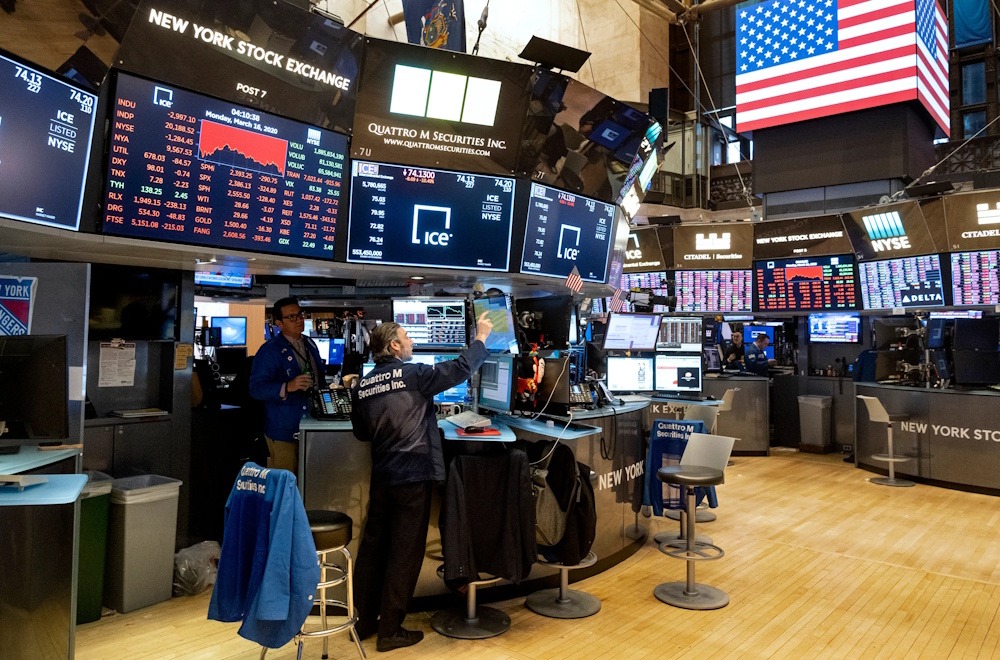
S&P futures declined on Tuesday, primarily driven by Nvidia, following a significant rise in the major U.S. stock benchmarks the previous day, which was fueled by gains in AI-related companies and renewed optimism regarding a potential interest rate cut by the Federal Reserve. Futures associated with the Dow Jones Industrial Average declined by 54 points, representing a decrease of 0.1%. S&P 500 futures declined by 0.1%, whereas Nasdaq 100 futures experienced a decrease of 0.3%. Nvidia shares experienced a decline of 3% following a report from The Information, which referenced sources indicating that Meta Platforms was contemplating a multi-billion dollar investment in Alphabet’s AI chips. Alphabet shares experienced a 4% increase following the release of the report. Market has concluded a robust trading session, with the S&P 500 gaining nearly 1.6% in the prior session and the Nasdaq Composite rising 2.7%, marking its most significant daily gain since May 12, as leading technology companies rebounded after a challenging month for the sector, while the Dow Jones Industrial Average added approximately 203 points, or 0.4%.
Google parent Alphabet distinguished itself as the leading performer among the “Magnificent Seven,” finishing the day with a notable 6.3% rise, while chipmaker Broadcom emerged as the top performer in the S&P 500, with its stock surging more than 11%. Investors have shown strong support for both companies, which are interconnected through their high-performance, application-specific chips, or ASICs, operations. Despite a modest attempt at recovery following last week’s sell-off, the three U.S. indexes remain on course for a losing month. The performance of AI stocks has significantly contributed to the gains observed this year, prompting investors to scrutinize technology stock valuations and to consider whether a year-end rally is still possible or whether market momentum may reverse. The S&P 500 has fallen approximately 2% in November, the Nasdaq has declined 3.6%, and the 30-stock Dow has dropped 2.3% so far this month.
“You saw a lot of that washout, and it really started at the end of October as we had some liquidity that came out of the market,” Abby Yoder stated Monday referring to the recent pullback. “However, amidst this technology-driven shift concerning AI and tech-related sectors, there remains a robust fundamental backdrop regarding the AI narrative and the associated spending trends,” Yoder continued. “Looking ahead, it appears to be a favorable setup as we approach year-end; however, I anticipate a more critical perspective will be necessary.” In a separate development, market participants remain vigilant for any updates that could influence the Federal Reserve’s forthcoming monetary policy decision, as expectations point to a probability exceeding 80% for a quarter percentage point reduction by the Federal Reserve in December, according to the reports.
The likelihood has surged following remarks from New York Fed President John Williams on Friday, indicating that there is potential to reduce rates “in the near term,” while Mary Daly, President of the San Francisco Fed, expressed her support for a rate cut in an interview, citing concerns regarding the labor market. Investors are closely tracking these developments as the market navigates volatility stemming from shifting rate expectations, tech sector fluctuations, and broader macroeconomic uncertainties. The interplay between strong tech spending trends, nervous sentiment around high valuations, and the possibility of easing monetary policy continues to shape market direction as the year-end approaches.
